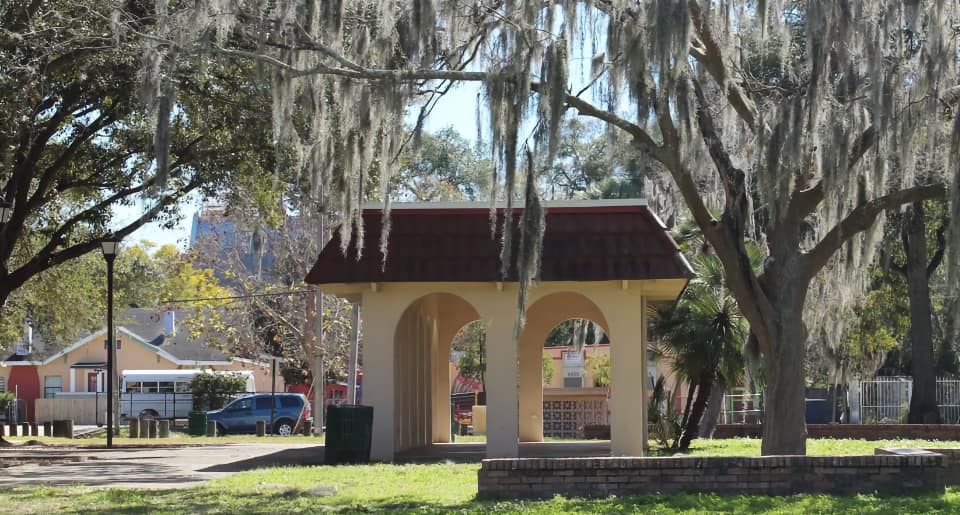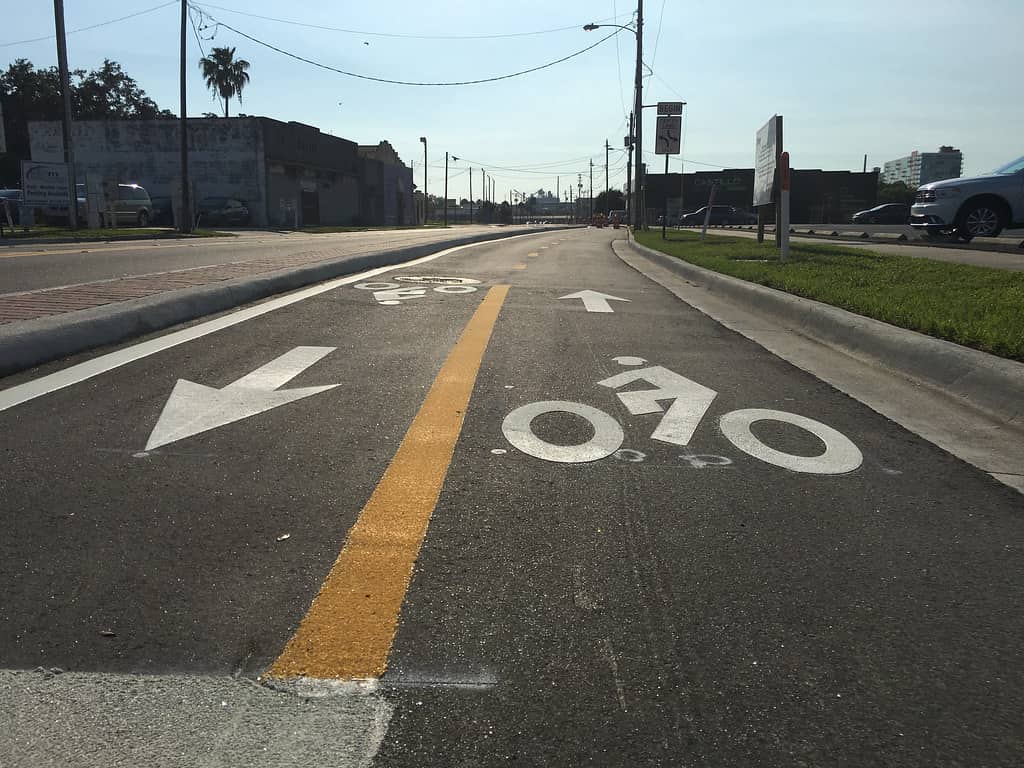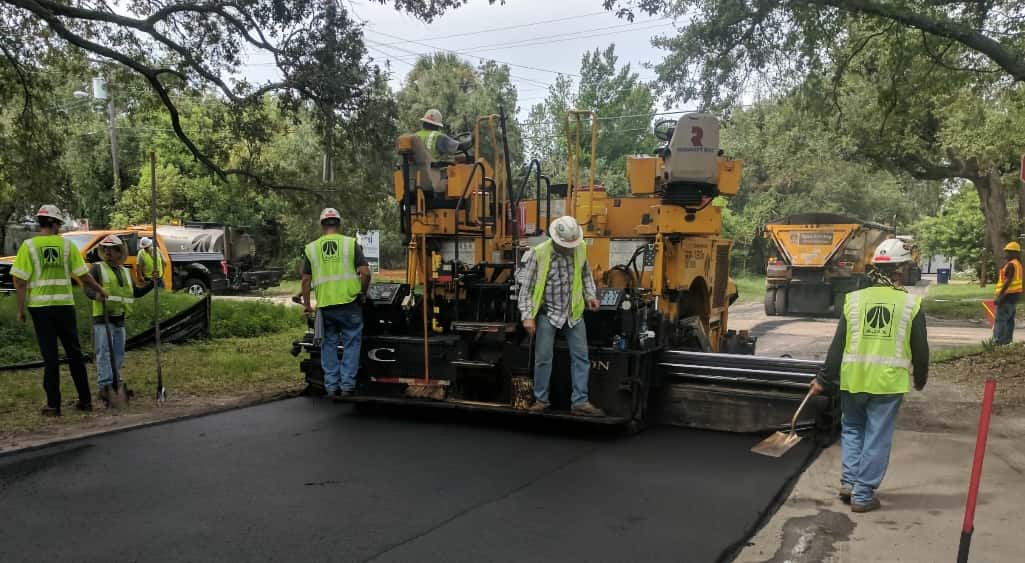Council sits as the CRA board Thursday morning with a full slate of land use cases scheduled for the evening meeting. But before I get into the agenda, all technical issues have been resolved on my end and everything was back to normal with the clerk’s draft agendas so my “remix” is back. Back with a new feature. Much as I recently added a “Background” section that is parsed from any agenda item that includes a summary sheet in the supporting documents, I have added a “Staff Report Details” section that is parsed from—you guessed it—staff reports attached to the land use items. For now it shows requested change, future land use designation, if any waivers are requested and the “Staff findings” section which indicates whether staff finds an application consistent or inconsistent. If you want to investigate an item further, I recommend the Summary of Request section from the “Staff Report Final” supporting document. I considered including it, but they can be on the long side. I hope between the included current zoning/future land use map and the staff report details folks interested in land use development will have a better foundation to work with.
The CRA Board will be voting to approve the cumulative $91.7 million budget this week. Instead of questioning the process again or harping on item 9: the rule change to allow businesses with full liquor licenses to receive grant funding (so they could cover their approval of $5 million for a boutique hotel and lounge) I wanted to focus this week on item 5 “CRA Staff to work with the Parks and Recreation Department on the demolition of the structures at Borrell Park.”.
Sounds innocuous. The submitted written report notes that parks & recreation department stated funds are available to demolish the pavilion structure on the east side of the park that was last renovated in 2001 when the park was renamed for Anthony Borrell, Sr. who contributed to the site’s renovation.
However when I zoom out and look at the issue, I see a city with an underfunded park and recreation department absorbing the cost of demolition for a perfectly good pavilion because we haven’t been able to address the real issue. Too many unhoused people and no where for them to go. Sure, the most vulnerable are prey to some who bring illegal and antisocial behavior. It’s not a secret that many suffer from mental health issues and the trappings of drug and alcohol abuse. But will bulldozing a pavilion help anyone?
In May when the city agreed to another modification to the contract with Catholic Charities, Diocese of St. Petersburg, Inc and the Tampa Hope site, I had questions. They went unanswered. I was told staff would be giving an update but council approved the additional $630,000 on top of the $1.2 million approved fall of 2024. This was all supposed to help fund 200 more “shelters” where the wrap around services would be provided. Is the facility at capacity of 300 people? How many people is the program really servicing? What other temporary housing solutions are we exploring?
These aren’t unique issues to Tampa. The national trend has been to double down criminalizing homelessness. And sure, it’s no longer a city budget problem if we just arrest them all and ship them off to county jail. The mayor’s proposed FY26 police department operating budget is $54 million more than it was in FY23. $167 million versus $221 million. We have all but pushed off dealing with people living in public spaces for the lack of a home onto the police. And at what cost? Would 1% of the police budget fund another 200 beds or mental health services to genuinely help these neighbors? Because like it or not, whether someone lives in a half-million dollar house or under an interstate overpass, they are our neighbors.
The mayor did not propose spending any general funds on housing this year outside what the CRAs spend. Council has not discussed any changes to that proposal. The only funding in the FY26 budget is from federal and state grants. A nominal amount of those funds are budgeted for programs like the Tampa Hillsborough Homeless Initiative and the aforementioned Catholic Charities. And yes, the CRA districts have set aside 30% of their budgets for housing, but that’s earmarked for owner occupied rehab and preserving existing housing stock. For buying land and subsidizing development geared towards those making 80%-120% of area median income. There’s an item on this week’s agenda to spend $460,000 on land in West Tampa. And while the argument is that increasing housing stock will reduce demand on the lower priced units, I’m not sure there is such a thing in Tampa. The CRA just had to invest $5 million into 20 units targeted for below the 80% AMI. That’s not sustainable with this budget.
Instead, we will continue to hide those costs in other departments, either ones that are failing in their primary role, or ballooning “law enforcement” and “public safety” costs. I’d like to think we as a city—a society—could figure this out. Seems like some parts of the world have. Ones that have tackled it systemically with a pragmatic look at the actual dollar amounts of what means testing costs to implement. Acknowledged the hidden costs. Like taking money out of a parks and recreation budget that’s already underfunded, years behind in implementing it’s Master Plan, and on it’s soon to be 3rd director in 4 years.
[UPDATE] – Coincidently, the city posted a press release this morning outlining the work of the “Homeless Outreach” team, noting
“Our city’s Homeless Outreach Team exemplifies the compassion and collaboration that define Tampa’s commitment to all its residents,” said Mayor Jane Castor. “Through daily street outreach, partnerships with service providers, and direct connections to shelter and support services, they’ve not only helped individuals off the streets—they’ve helped them reclaim hope.”






One response to “This Week 8-21-25”
[…] August there was an agenda item related to Borrell Park that inspired some thoughts. There will be a community update and outreach event Wednesday evening 10/22/25 at Ragan Park from […]